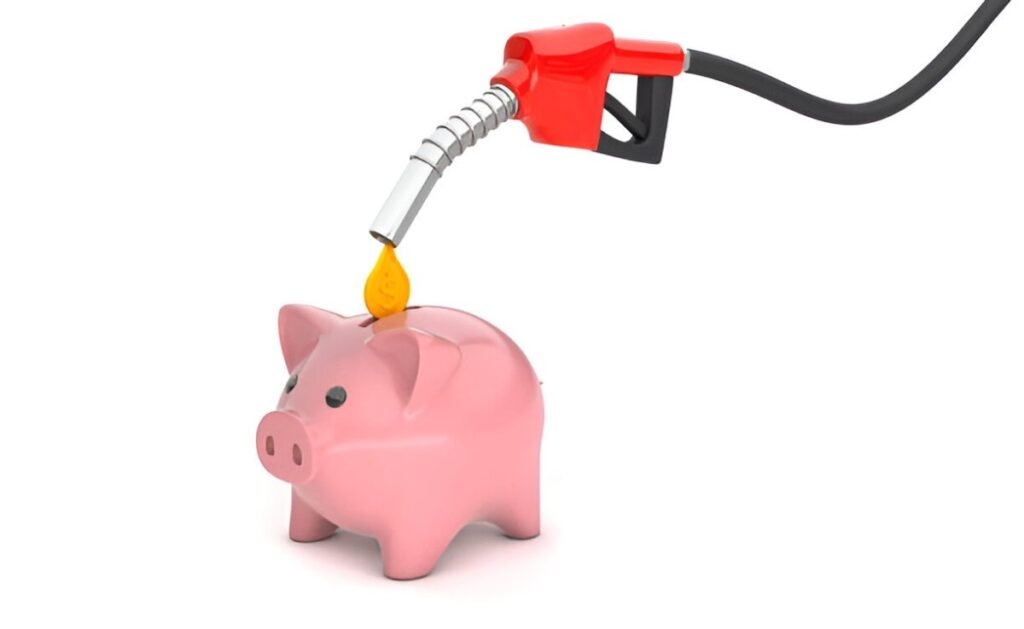Introduction
Grocery bills can take up a big portion of a household budget. With rising food costs and economic fluctuations, learning how to save money on groceries is essential. In this guide, I will share proven strategies to reduce grocery expenses without sacrificing quality or nutrition.
Table of Contents
Create a Grocery Budget
Budgeting is the first step to controlling grocery costs. To set a budget, calculate your average grocery expenses over the past three months. Use the following formula to find the monthly average:
\text{Average Monthly Grocery Expense} = \frac{\text{Total Grocery Spending Over 3 Months}}{3}If my grocery bill for the last three months was $500, $550, and $480, my average monthly expense would be:
\frac{500 + 550 + 480}{3} = \frac{1530}{3} = 510Once I know my average spending, I set a target budget that is 10-15% lower than this amount.
Plan Meals in Advance
Planning meals helps avoid impulse purchases and food waste. I create a weekly meal plan based on what I already have at home and what is on sale at my local grocery store. Here’s an example:
| Day | Breakfast | Lunch | Dinner |
|---|---|---|---|
| Monday | Oatmeal with fruit | Turkey sandwich | Chicken stir-fry |
| Tuesday | Scrambled eggs | Salad with tuna | Spaghetti with marinara sauce |
| Wednesday | Yogurt with granola | Leftover stir-fry | Grilled salmon with veggies |
By sticking to a meal plan, I ensure that I only buy what I need, reducing food waste and unnecessary spending.
Make a Shopping List
A shopping list keeps me focused and prevents overspending. I organize my list by category:
| Category | Items |
|---|---|
| Produce | Apples, spinach, carrots |
| Dairy | Milk, cheese, yogurt |
| Meat/Fish | Chicken, salmon |
| Dry Goods | Rice, pasta, beans |
Sticking to my list helps me avoid impulse buys and keeps me within budget.
Compare Prices and Use Unit Pricing
Grocery stores often sell items in different package sizes, making it hard to determine the best deal. I use unit pricing to compare costs effectively. The formula for unit price is:
\text{Unit Price} = \frac{\text{Total Price}}{\text{Quantity}}If a 16-ounce peanut butter jar costs $4.80 and a 32-ounce jar costs $8.00, the unit price for each is:
\frac{4.80}{16} = 0.30 (per ounce) and \frac{8.00}{32} = 0.25 (per ounce).
The 32-ounce jar is the better deal per ounce.
Buy in Bulk for Staple Items
Buying in bulk can save money, especially for non-perishable staples like rice, beans, and pasta. However, I only buy in bulk if I know I will use the product before it expires. A cost comparison table helps illustrate potential savings:
| Item | Regular Price (per lb) | Bulk Price (per lb) | Savings (%) |
|---|---|---|---|
| Rice | $1.50 | $1.00 | 33% |
| Pasta | $2.00 | $1.40 | 30% |
| Oats | $2.50 | $1.80 | 28% |
Bulk shopping works best for items with long shelf lives and when I have storage space.
Take Advantage of Sales and Coupons
Grocery stores frequently offer discounts, promotions, and coupons. To maximize savings, I:
- Check store flyers for weekly deals.
- Use digital coupons from store apps.
- Stack manufacturer coupons with store discounts when possible.
For example, if a box of cereal costs $4.00 and is on sale for $3.00, and I have a $1.00 coupon, my final cost is:
3.00 - 1.00 = 2.00This simple step saves 50% off the original price.
Shop at Discount Grocery Stores
Discount grocery stores often have lower prices than mainstream supermarkets. Comparing store prices helps me find the best deals. Here’s a price comparison:
| Item | Regular Supermarket | Discount Store |
|---|---|---|
| Milk (1 gallon) | $4.50 | $3.80 |
| Eggs (dozen) | $3.00 | $2.20 |
| Bread (loaf) | $2.50 | $1.80 |
Shopping at discount stores can save 20-30% on groceries.
Reduce Waste and Use Leftovers
Wasting food is like throwing away money. I follow these steps to minimize waste:
- Store perishable items properly.
- Use leftovers creatively (e.g., turn roasted chicken into soup).
- Freeze excess food to extend shelf life.
Consider Generic Brands
Store-brand products often cost less than name brands without sacrificing quality. Here’s a comparison:
| Product | Name Brand Price | Store Brand Price | Savings (%) |
|---|---|---|---|
| Peanut Butter | $3.50 | $2.50 | 29% |
| Cereal | $4.00 | $3.00 | 25% |
| Canned Beans | $1.50 | $1.00 | 33% |
Switching to generics saves me up to 30% on common groceries.
Shop Seasonally and Locally
Buying fruits and vegetables in season reduces costs. Here’s an example of price differences:
| Produce | In-Season Price | Out-of-Season Price |
|---|---|---|
| Strawberries | $2.00 per lb | $4.50 per lb |
| Apples | $1.50 per lb | $3.00 per lb |
I also buy from local farmers’ markets, which often have fresher produce at lower prices.
Limit Convenience Foods and Eating Out
Pre-packaged meals and takeout are expensive. Cooking at home costs significantly less. If a fast-food meal costs $10 per person and I eat out three times a week, I spend:
10 \times 3 \times 4 = 120 per month.
By cooking at home, I cut this expense in half or more.
Conclusion
Saving money on groceries requires planning, smart shopping, and reducing waste. By budgeting, meal planning, using coupons, and buying in bulk, I cut my grocery bill without sacrificing nutrition or quality. Implementing these strategies consistently makes a significant impact on long-term savings.





